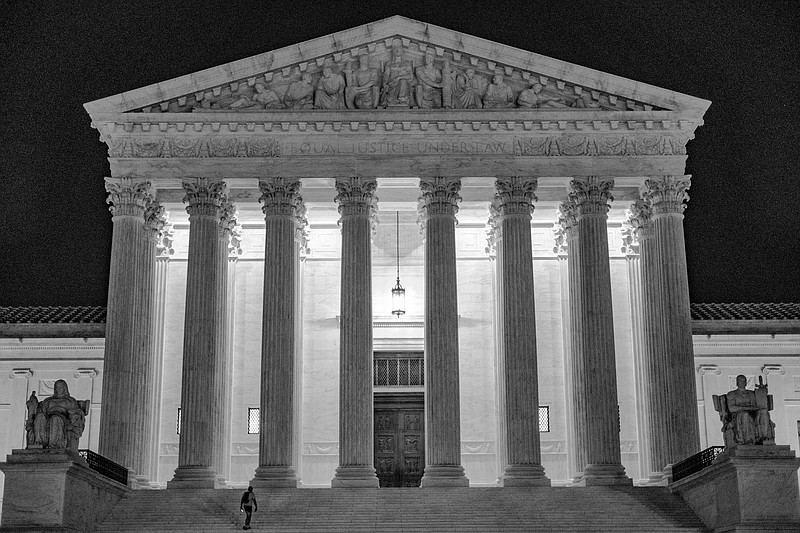There are virtually no precedents in American law in which a right - declared fundamental by the Supreme Court - was erased. While the court has overhauled constitutional protections before, the complete retraction of the right to abortion sets the nation on a course it has never seen.
We often think of courts as expanding rights - such as protection from racial discrimination in public schools in 1954, or the right to use contraception in 1965, or marriage equality in 2015. It might be no surprise that when we think of the protection of rights, we tend to think of courts.
But the rise and fall of Roe tells a more complicated story about where our rights come from, and what we can do to defend them.
Historically, the Supreme Court has almost never acted in a vacuum. The decisions we attribute to the court, good or bad, have come in the middle of broader social movement mobilizations, with strategies that unfolded not just in the courts but in the legislatures and on the streets.
There would never have been a Brown v. Board of Education, the landmark school desegregation decision, without the civil rights movement. Arguably, the Civil Rights Act of 1964, which sought to root out workplace discrimination, set out rights as fundamental as the one protected in Brown.
There never would have been a Roe v. Wade without the women's movement and the broader abortion-rights movement that it helped to fuel.
In his majority opinion in Roe, Justice Harry Blackmun points to this social upheaval and suggests that the court's reasoning - in articulating a constitutional right - rose above the political fray and might settle broader conflicts about abortion.
Blackmun's view of rights, one centered on the court, has had tremendous power, but this court-centric view was never the complete story.
The view of Roe the public knows best now - one centered on women's rights - was not articulated by the Supreme Court in 1973. At that time, the justices focused as much on the rights of doctors as on the rights of women. Feminists promoted a different interpretation of Roe, one based on self-determination for patients, that caught on with the public, with politicians, and with the court.
When the court preserved abortion rights in the 1992 case, Planned Parenthood v. Casey, the court's majority and the dissenters almost certainly responded to decades of battles about abortion by trying to balance the interests of pregnant people in autonomy and equality against the government's interest in protecting fetal life.
And Dobbs itself was not the work of the Supreme Court alone - there has been half a century of work by the antiabortion movement to change the Republican Party, rework the way campaign spending works, and make sure that a different kind of justice was nominated to the Supreme Court - one who was more conservative, more ideologically committed, and less afraid of controversy.
Whether people in America can access abortion will not depend on six conservative justices. It will depend on the support progressive states provide, the ingenuity of people who support abortion access, and the ability of conservative states to shut down those avenues.
Whether there is a right to abortion, too, will depend on all of us - whether there is a progressive movement large and committed enough to match what conservatives have accomplished in changing a political party and the court. And whether that movement is operating in a country democratic enough to respond to popular will.
For decades, polls have shown that a majority of Americans did not want abortion rights to be eliminated. Now, we will see what they are willing to do about it.
Mary Ziegler is a professor at the UC Davis School of Law and the author of "Dollars for Life: The Anti-Abortion Movement and the Fall of the Republican Establishment."
The Los Angeles Times
